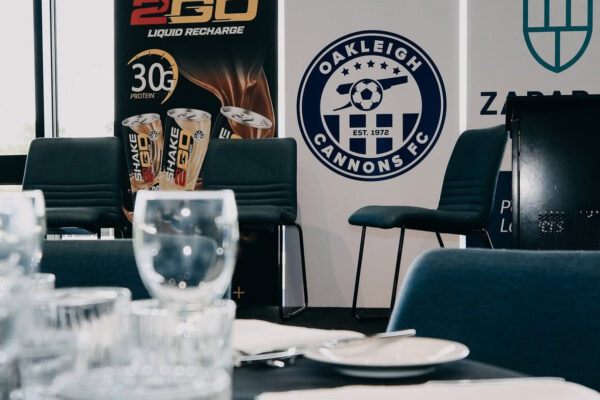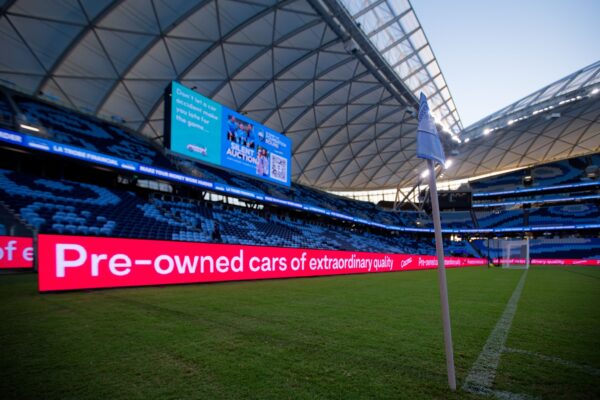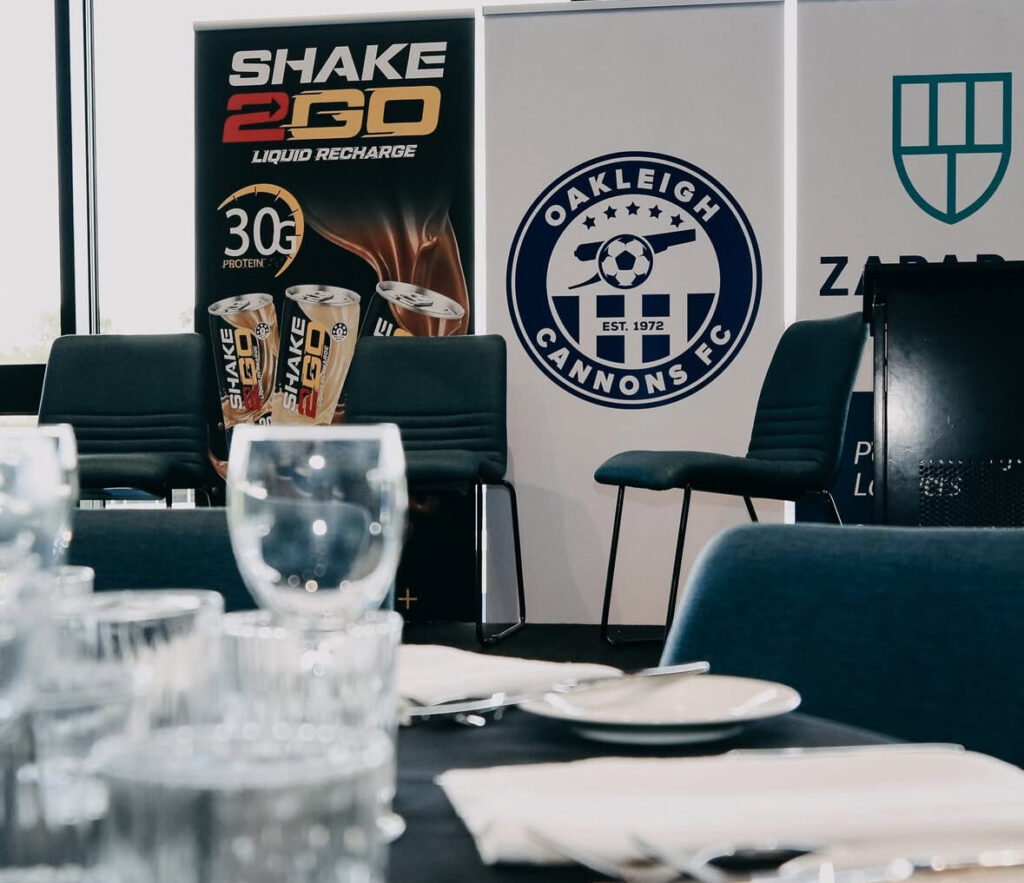
Brisbane Roar has given an update for the new Brendale training facility, which has been under development for the past 24 months.
The club’s Isuzu UTE, Liberty A-League, and NPL squads will have access to purpose-built high performance training grounds at the cutting-edge complex.
The facility, featuring an 80,000 square metre area, has an 80 metre long structure with two enormous football fields surrounded by three-meter high fencing with black scrim to maintain seclusion.
It will hold three change rooms, a video analysis room, a large office space for the coaching staff, while the football department are all located in the clubhouse, indicating a state of the art facility is on the way for the two-time A-League champions.
The facility should be completed within the next several months, but the fields will not be finished until the end of the year.
“We’re thrilled to turn the sod today and bring us one step closer to this brilliant new base in Moreton Bay,” vice chairman Chris Fong stated via press release.
“This will be a huge advantage and benefit to our players, and it’s a big part of our strategic plan to not only reclaim our place at the top of the A-League Women’s competition but to grow the sport in Queensland.”
The $22 million project indicates the growth and recognition of womens football in Australia, along with clubs realising the importance of their youth. With the sport growing in popularity in the country, it is time for A-league clubs to take their youth squads extremely seriously and begin producing the next generation of stars Australia has to offer.
This all starts with state-of-the-art facilities, proving clubs are serious about player development and success. Brisbane Roar’s project sets an example of investing in the youth and how starting with a new facility can pave the way for new-born success.
The training centre will be up to the best professional sports standards in Australia. When completed, Brisbane Roar is eager to hold friendly games and fan events at the facility.













